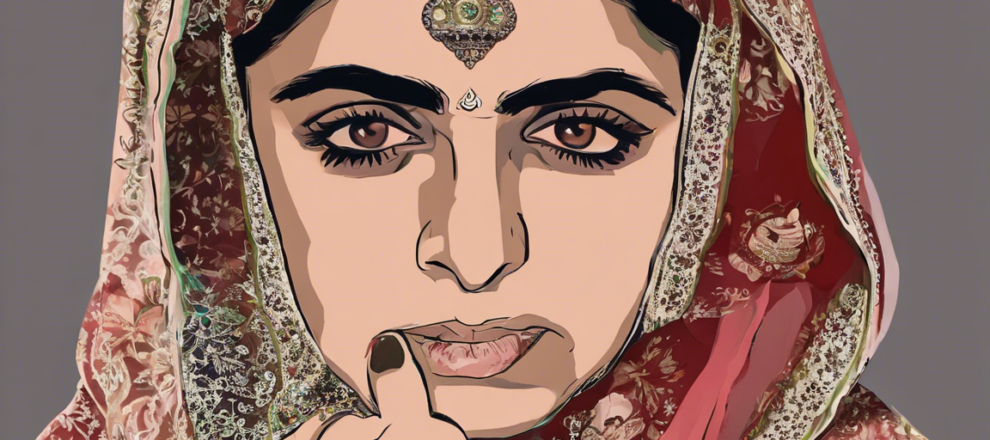Introduction
In the realm of Indian legal history, the Shah Bano case stands out as a landmark judgment that sparked intense debates surrounding religion, law, and social reform. The case not only triggered a significant shift in the legal landscape of the country but also called into question the delicate balance between personal religious laws and overarching legal framework. This comprehensive article delves into the background, implications, and repercussions of the Shah Bano case, shedding light on its enduring significance in the Indian legal system.
Background of the Case
The Shah Bano case, officially known as Shah Bano Begum v. Mohammad Ahmed Khan, was a seminal legal battle that unfolded in 1985 before the Supreme Court of India. At the heart of the matter was the interpretation of Muslim personal law regarding the provision of maintenance to divorced Muslim women. Shah Bano, a 62-year-old Muslim woman, petitioned the court seeking maintenance from her husband, Khan, after he pronounced the ‘triple talaq’ and renounced all responsibilities towards her.
Legal Dispute
The crux of the legal dispute in the Shah Bano case revolved around the conflict between Section 125 of the Code of Criminal Procedure, which provides for the maintenance of wives without any regard to their religion, and Muslim personal law, which allows for the husband’s obligation to provide maintenance for only the iddat period after divorce. The Supreme Court, in its judgment, ruled in favor of Shah Bano, upholding her right to claim maintenance under the secular legal provisions of Section 125.
Implications of the Judgment
The verdict in the Shah Bano case had far-reaching implications on various fronts. It stirred a hornet’s nest of controversies, particularly within the Muslim community, where traditionalists vehemently opposed the court’s interference in religious matters. The judgment was perceived as a challenge to the authority of Islamic personal laws and ignited a fierce public debate on the need for reforms in the realm of personal laws to ensure gender justice and equality.
Aftermath and Legislative Response
In response to the uproar triggered by the Shah Bano judgment, the Indian government, led by Prime Minister Rajiv Gandhi, introduced the Muslim Women (Protection of Rights on Divorce) Act, 1986. This legislation sought to nullify the Supreme Court’s ruling in the Shah Bano case and effectively restricted the applicability of Section 125 of the CrPC to divorced Muslim women only during the iddat period. The Act was widely criticized for diluting the rights of Muslim women and succumbing to political expediency at the cost of gender justice.
Social Ramifications
The Shah Bano case was not merely a legal battle but a socio-political flashpoint that brought to the fore the complex interplay between religion, law, and gender rights. It underscored the urgent need for a nuanced discourse on legal pluralism, individual rights, and the obligations of the state to uphold constitutional principles of equality and non-discrimination. The case served as a wake-up call for policymakers, activists, and legal scholars to address the systemic lacunae in personal laws that perpetuate gender inequality and discrimination.
The Legacy of the Shah Bano Case
Nearly four decades since the Shah Bano case, its legacy endures as a touchstone for discussions on secularism, gender justice, and legal pluralism in India. The case symbolizes the perennial struggle to reconcile conflicting rights and interests in a diverse and pluralistic society. It continues to inspire feminist movements, legal advocacy groups, and scholars to push for comprehensive reforms in personal laws to uphold the rights and dignity of women across religious communities.
Conclusion
The Shah Bano case remains a watershed moment in the annals of Indian legal history, a testament to the complexities and challenges inherent in navigating the intersections of religion, law, and gender justice. While the case may have sparked contentious debates and led to a legislative rollback of rights, its significance lies in its role as a catalyst for broader conversations on legal reform, gender equality, and social transformation. As India grapples with evolving notions of rights and justice, the lessons of the Shah Bano case continue to resonate, urging us to strive for a more equitable and inclusive legal system.
FAQs
1. What was the significance of the Shah Bano case in Indian legal history?
The Shah Bano case was significant for its impact on the interpretation of personal laws, especially in the context of maintenance rights for divorced Muslim women. It highlighted the tensions between religious traditions and secular legal principles in India.
2. How did the Shah Bano case lead to the enactment of the Muslim Women (Protection of Rights on Divorce) Act, 1986?
The uproar following the Supreme Court’s judgment in the Shah Bano case prompted the government to pass the Act, which restricted the scope of maintenance for divorced Muslim women, leading to criticisms about dilution of women’s rights.
3. What were the key arguments presented in the Shah Bano case by both sides?
Shah Bano argued for her right to maintenance under Section 125 of the CrPC, while opponents contended that the court’s interference in Muslim personal laws would violate religious freedoms and traditions.
4. How did the Shah Bano case impact the discourse on gender justice in India?
The case sparked discussions on gender equality, legal pluralism, and the need for reforms in personal laws to uphold the rights of women across religious communities.
5. What lessons can be drawn from the Shah Bano case in the context of secularism and religious freedoms?
The case underscores the challenges of balancing individual rights with community norms in a secular democracy, raising questions about the role of the state in ensuring gender justice while respecting religious diversity.
